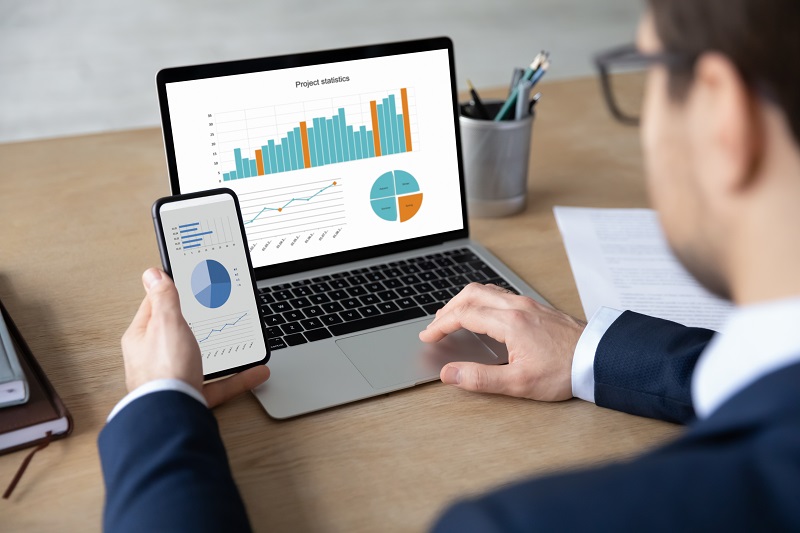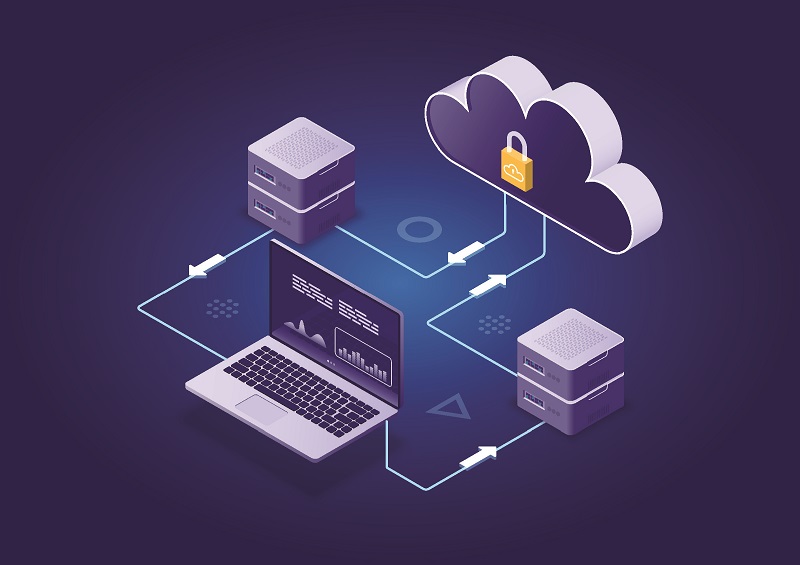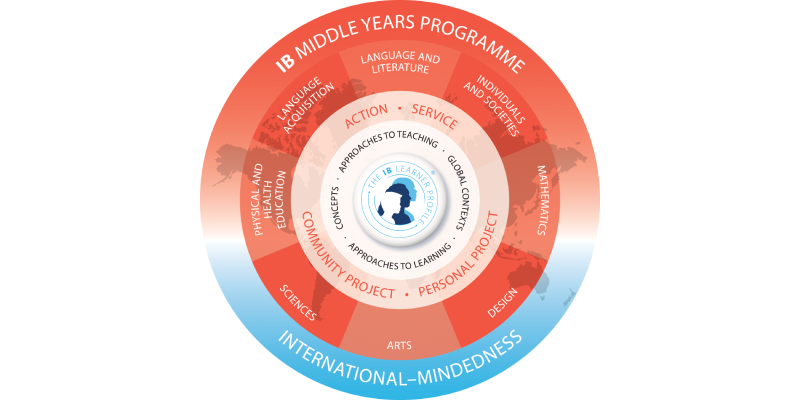Are you a SaaS company thriving on usage-based pricing? Are you utilizing your data to its fullest potential? If not, it is time to revamp your data usage management and plug your shortfalls.
This article discusses the importance of usage data for businesses and how it improves customer understanding, identifies gaps, and drives financial growth. Are you interested in knowing more about the role of metering and billing software (https://www.togai.com/) for businesses? Read more here.
What Is Usage Data & How Can You Collect It?
To invoice customers based on usage, SaaS companies must collect and process usage data and enrich it with information from other business systems such as ERP, CRM, CPQ, and data warehouses.
Usage data is many things to a business. It is the solution to many problems. It helps make data-driven decisions, improve customer satisfaction, drive user engagement, and facilitate conversions.
Generally, usage data comprises:
- The customer’s data includes age, company, job role, and residential address.
- Engagement data tracks how users engage with your product or service.
- Behavioral data captures how users behave while interacting with features at various customer journey stages.
Collating Data
While there are several ways and tools to collect usage data, the following are proven techniques:
- Create milestones and monitor your users’ progress. Eliminating friction points at each step can increase user funnel progression.
- The tag features to better understand user engagement. This can uncover underused features and highlight popular ones.
- Analyze product usage at a page level to identify the UI elements that receive the most and most minor clicks.
What Usage Data Analysis Does For Your SaaS Business
“Data” is a deceptively simple term for the vast amounts of information it encompasses. That information becomes wealth only when you know how to collect, segregate, and use it. When you know how to wield data, you can make data-driven decisions leading to:
- Personalized approach for customer segments.
- Enhanced user experiences
- Rectify gaps in your sales and marketing strategies
- Understand how users engage with products during
specific seasons - Leverage initiatives to reduce churn and increase conversions
As we dive deeper into the secrets of unlocking usage data within the SaaS industry, Togai , the leading metering and billing platform, offers insightful tips on harnessing the power of usage data, navigating the challenges, and using the right tools to transform raw information into actionable strategies.

5 Ways to Utilize Usage Data to Drive Revenue & Retention
1. Gather lessons from your prime customers.
Your prime customers have consistently used your product or service for many years. By understanding their experiences, you can replicate their path to success and implement those strategies on other customers who share similar preferences and patterns by:
- Analyzing their interactions with your product.
- Understanding how they use the product.
- Listing the features they prioritize.
This will help you identify the aspects of your product that resonate most with your power users.
Another approach is understanding the factors that led your power users to become loyal. Maybe they discovered an advanced feature that helped them achieve their objectives more effectively, or perhaps they found your customer support exceptional. Whatever the reason, it is essential to identify those factors and replicate them across your user base.
2. Smoothen user experience with in-app guidance.
Implementing in-app guidance helps you analyze product usage data to identify areas where users frequently encounter difficulties or abandon the product altogether. There are several reasons for doing this. It allows you to remember:
- Wrong customers who are not a good fit for the product
- Bugs that prevent users from moving forward
If you want to help users achieve their desired results, you can create interactive guides guiding them through each process step.
3. Reach out to dormant customers.
Every customer list has customers who haven’t been active for a while. You can use product data to identify them and do what it does to re-engage them before they churn.
The first step is to create a segment of dormant customers. Next, you need to identify why they are not engaged. Once you understand the problem clearly, you can send a personalized email to remind the customers of your product’s value and encourage them to reach out to customer success if they need additional help. This can help you win back customers and keep them engaged.
4. Use targeted feedback to create better products.
Product usage data can provide valuable insights into how your customers interact with your product and help you identify areas for improvement. By targeting your most loyal customers, you can gather feedback from those who know your product best and are most invested in its success. These customers are more likely to provide detailed, honest feedback to help you make meaningful product improvements.
Wrapping Up
Harnessing usage data to optimize your revenue and customer retention is easier said than done. It does require a lot of effort. However, your endeavors will pay rich dividends as opposed to businesses that fail to track usage data. Usage data is a priceless wealth that can transform your business inside out. Use it wisely and reap the benefits.



